'Gatecrashers' Traveling Exhibition Explores the Rise of Self-Taught Artists in America
- March 29, 2022 17:06

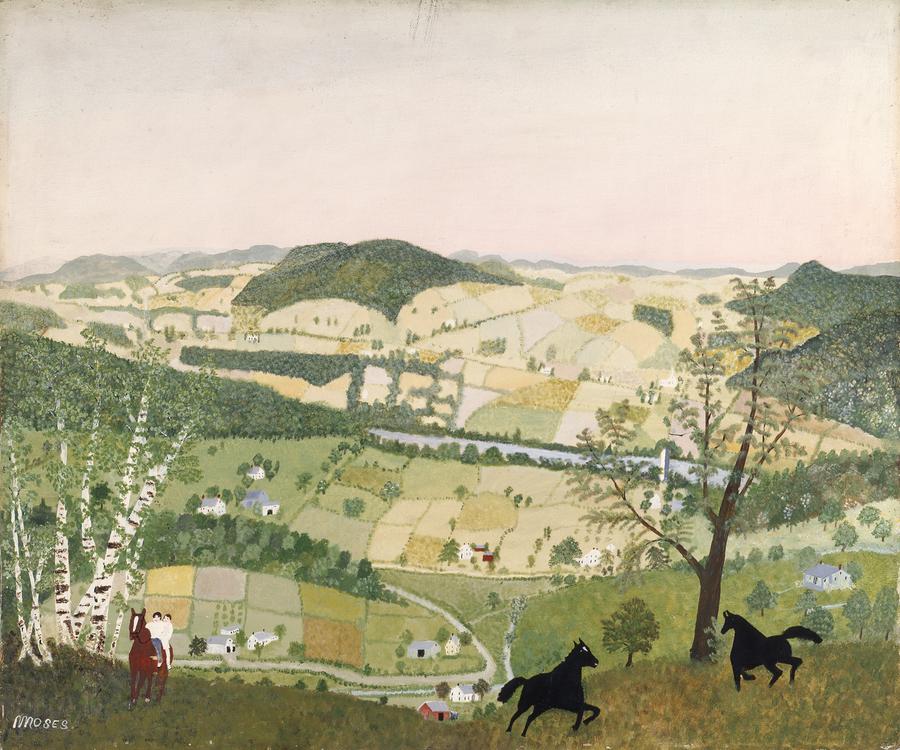
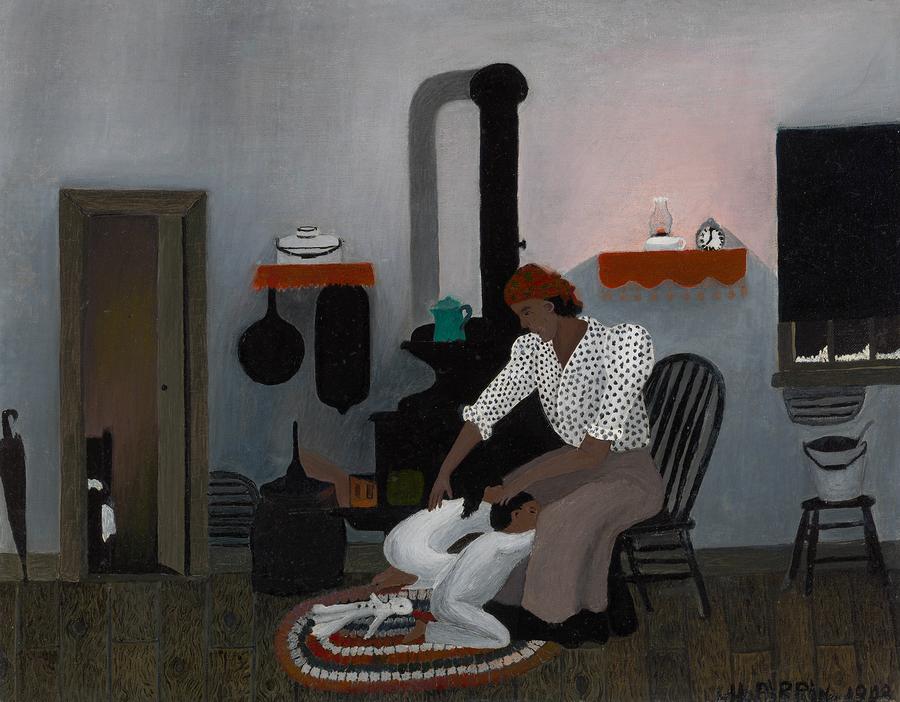
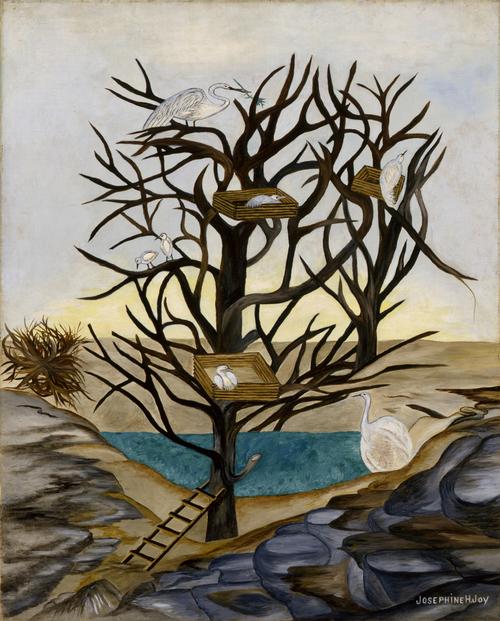
Coming to the Brandywine River Museum of Art in Chadds Ford, Penn., this May, Gatecrashers: The Rise of the Self-Taught Artist in America will celebrate two dozen early-twentieth century painters who fundamentally changed the art world. These artists, all without formal training, diversified the field across lines of race, ethnicity, class, gender and ability. Featuring more than 60 works, this exhibition examines how self-taught artists “crashed the gates” of the elite art world after World War I and the remarkable ways in which they reshaped the notion of who could be called an artist in the United States.
Gatecrashers is organized by the High Museum of Art and curated by Katherine Jentleson, the High’s Curator of Folk and Self-Taught Art. The exhibition includes works by renowned painters such as Horace Pippin, Anna Mary Robertson “Grandma” Moses and John Kane, as well as by artists who are lesser known now but were recognized in their day, including Morris Hirshfield, Josephine Joy, Lawrence Lebduska, Patrick Sullivan and 17 others.
“This exhibition offers a fascinating new perspective on how self-taught artists were perceived and elevated in the years between World War I and II,” said Thomas Padon, the James H. Duff Director of the Brandywine River Museum of Art. “During this period, the work of self-taught artists was thought to embody a more direct experience of American life. The exhibition reveals how this group brought a heretofore unknown degree of diversity to the inner sanctums of museums and galleries in this country.” Padon added, “The exhibition provides such a fascinating context to the Brandywine’s own holdings of self-taught artists.”
Expanding upon Jentleson’s book of the same title, Gatecrashers is organized into several thematic sections that explore the rise of self-taught artists in the era between the wars. The exhibition section entitled “American Mythologies” focuses on how these artists were eagerly embraced under the belief that—by virtue of being self-taught—they were examples of a creative excellence that was “uniquely American,” free from the traditions and innovations that had made European artists dominant for centuries. These breakthrough American artists—such as John Kane and Patsy Santo—often rose from humble or marginalized beginnings and were praised for their originality and national character.
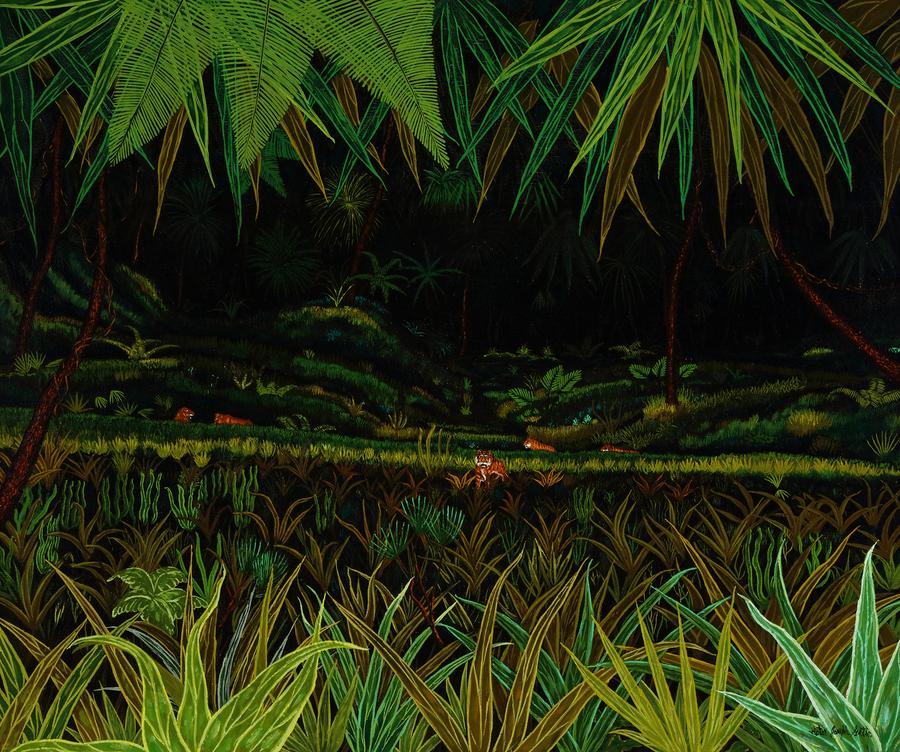

During the Great Depression the idea of the practical, multitasking American gained particular resonance. In the “Workers First” section, the exhibition examines the role that self-taught artists’ jobs outside the art world played in advancing their reputations. Whether it was Morris Hirshfield’s rise through the ranks of Brooklyn’s textile factories, or Israel Litwak’s trade as a cabinetmaker, critics noted how these artists’ occupational histories influenced their subject matter and helped shape their artistic development. Many self-taught artists, such as Josephine Joy, were also at some point employed by the Federal Art Project, a Depression-era assistance program for artists that underscored the association of art with labor and the importance of government work-relief programs.
A number of self-taught artists were recent immigrants who painted memories and customs from their homelands, as well as the places, symbols and history of the United States. “Negotiating National Identity” outlines the ways in which self-taught artists often employed distinctly American subjects to establish national identity in their work. The Ukraine-born William Doriani, for example, paid tribute to his new home with a panoramic view of a patriotic procession he saw on the day he returned to the United States after a 13-year absence. In a 1938 exhibition, The Museum of Modern Art featured several of the artists represented in Gatecrashers, presenting them as “artists of the people,” and showing how immigrants from Southern and Eastern Europe were increasingly considered American patriots. This was a significant shift given that, just a decade earlier, immigrants from these areas had been the targets of prejudice and restrictive immigration policies.
“Related Trends in American Painting,” points out the ways in which work by self-taught artists in this period to the art of the American Modernists. Alignments in style and subject matter led to exhibitions that integrated these artists’ work with that of their trained peers, foreshadowing how many museums today display self-taught artists within their American and contemporary art collections. In Gatecrashers, the work of self-taught artists Horace Pippin and Cleo Crawford appear alongside formally trained modernists Jacob Lawrence and Hale Woodruff. All four were Black artists who achieved recognition in the pluralistic atmosphere of the period.
“Gatecrashers’—both the book and the exhibition—establish an origin story for how self-taught artists first succeeded within the mainstream art world,” said Jentleson. “Kane, Moses, Pippin and the other artists in the exhibition deserve to be reconsidered not only because of how their work intertwined with major cultural and social change of their day, but also because of how their gatecrashing set the stage for the vital role that self-taught artists still play in the 21st century, greatly diversifying our cultural canons across race, gender, class, ability and other important markers of identity that are all too often underrepresented.”

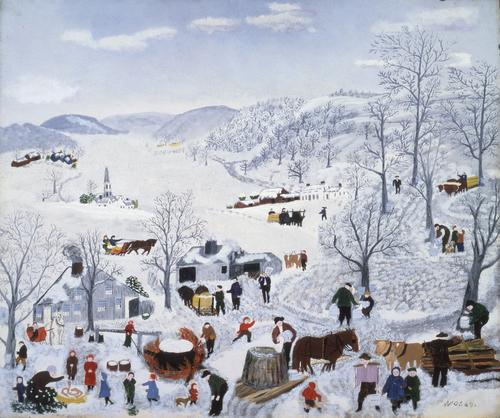
The Brandywine River Museum of Art is the second stop for this traveling exhibition and will be on view May 28 through September 5, 2022. The exhibition previously debuted at the High Museum of Art in Atlanta, GA, and the tour will conclude at the Westmoreland Museum of American Art in Greensburg, PA. This project is supported in part by an award from the National Endowment for the Arts and The Dorothea and Leo Rabkin Foundation.

















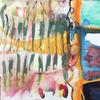
100x100_c.jpg)

